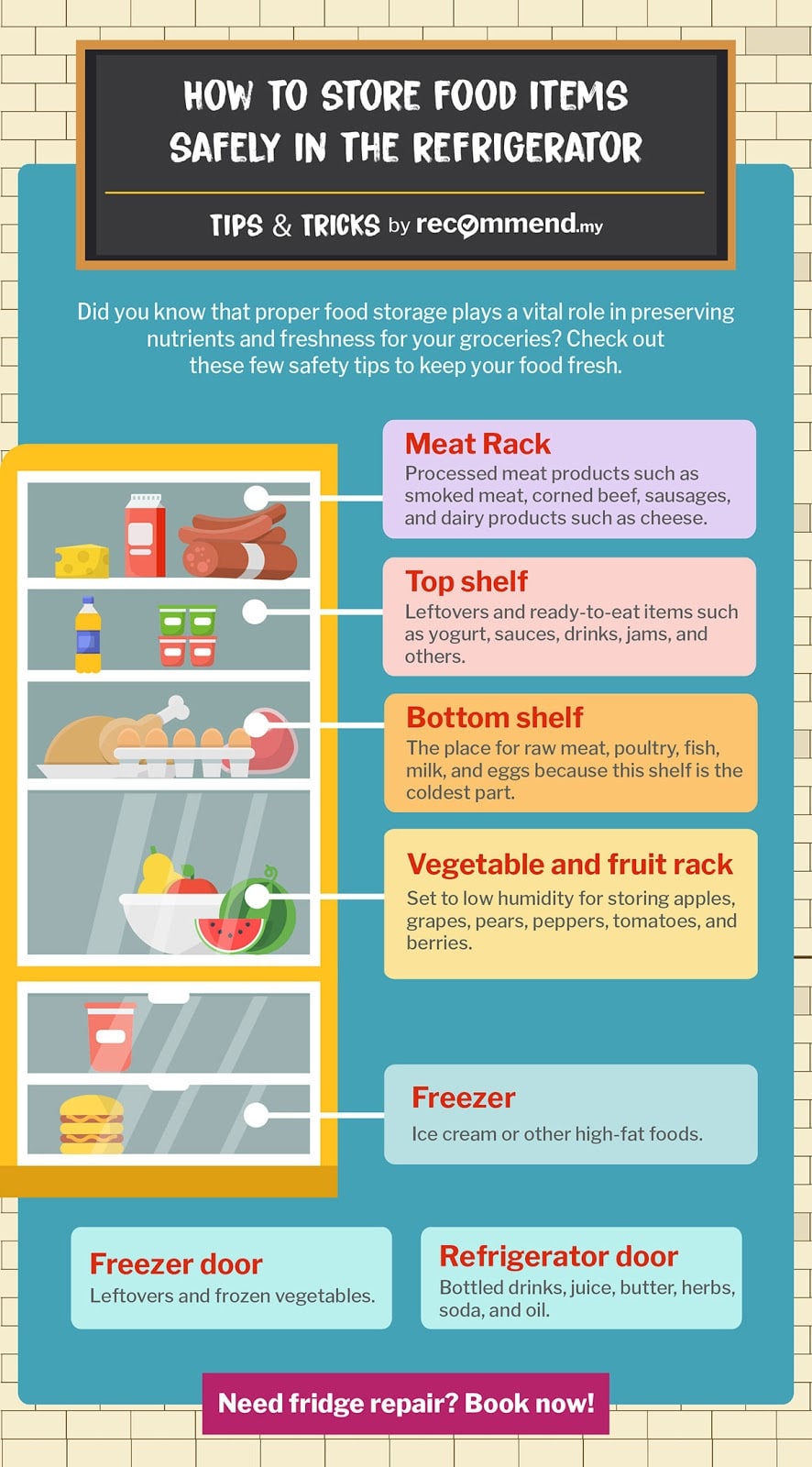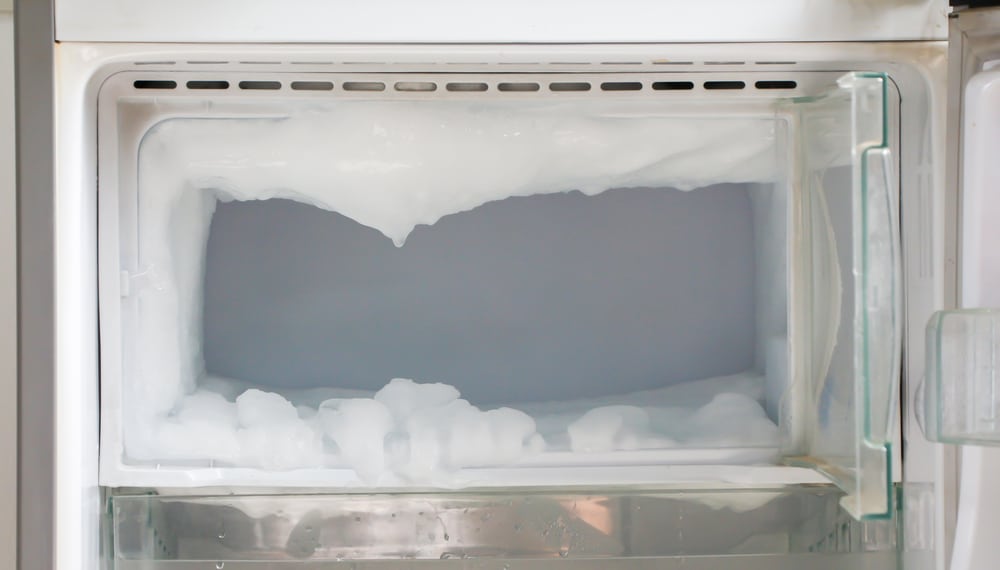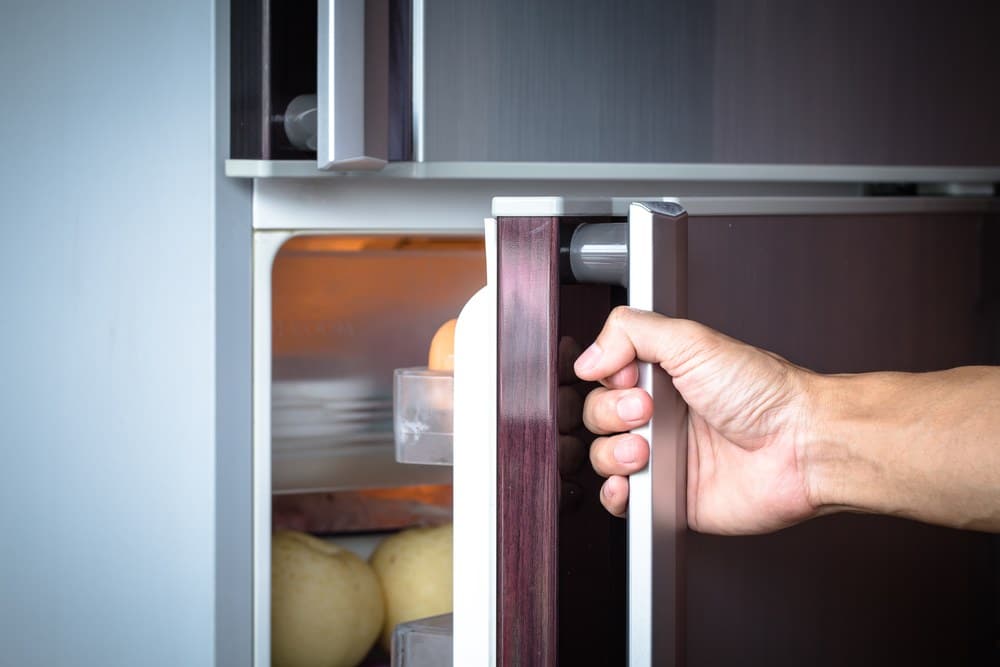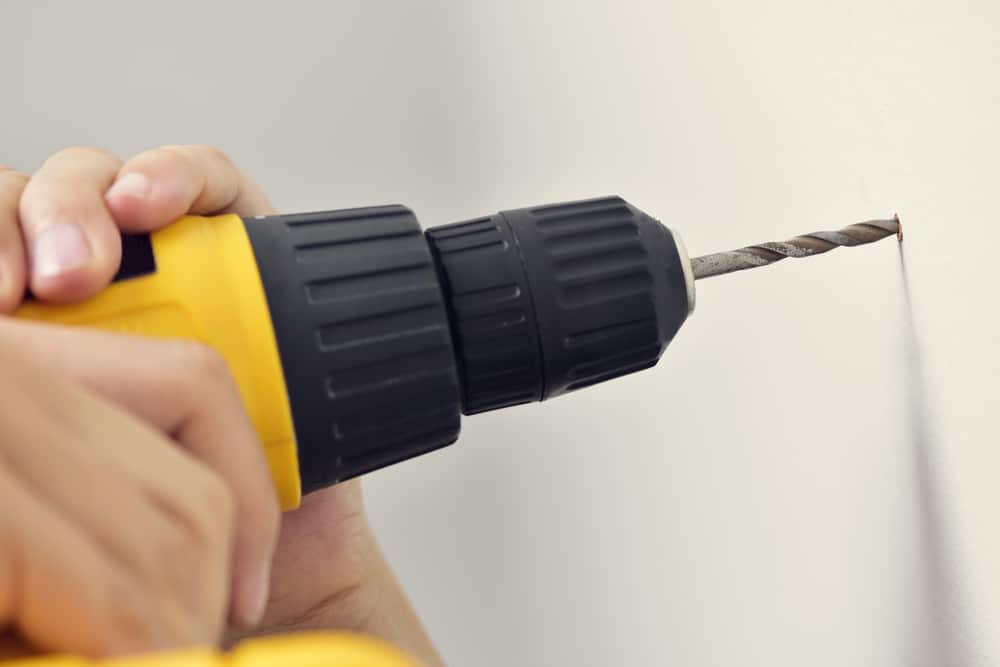Lately, there have been reports of leather goods and cinema seats growing mould while MCO was enforced. Not only did it cause a shocking reaction, a lot of netizens pointed out that besides not having proper air ventilation and ideal temperature, negligence and bad maintenance was also part of the cause.
Similarly, we definitely do not want to see our precious food growing mouldy inside our fridge, especially as we cook and stay at home more often.
Are your fridge items going bad too quickly? You may be putting the wrong items in the wrong part of the fridge. Here is the best way to organise your fridge, according to manufacturers.
What food goes in which fridge shelf?
The most important criteria in keeping your food safe is a well-organised fridge. Besides helping to prevent mould and bacteria from developing on your food, it actually helps to prolong your fridge’s life expectancy.
Thus, refrigerating your food correctly is vital to protect freshness and your perishables’ shelf life. By doing so, harmful bacteria will not spread between contaminated or expired food that could cause unpleasant smells and unhealthy air particulates to flout the air, which in turn can make you sick.
Fret not, our fridge storage safety chart below shows you exactly how you can correctly store food in designated fridge compartments according to its ideal temperature.

Meat rack
Processed meat or deli products like smoked meat, corned beef, sausages and dairy products like cheese fit right into the meat rack or upper compartment where it is slightly colder but not freezing temperatures. These products tend to be cooked and therefore must be kept a safe distance from raw meats on the bottom shelf.
Top shelf
When you open the fridge too often, gusts of warm air will enter and cause temperature fluctuations. The most susceptible shelf is the refrigerator door while the least is the top shelf where temperature is most consistent. Thus, the top shelf is suited for storing foods that are most perishable. Some choices include leftovers and ready-to-eat foods such as yoghurt, jams, cooked meals, salads and prepared overnight oats.
Bottom shelf
Raw foods such as meat, poultry and fish stay fresh longer in colder settings and should be kept in a place where cross-contamination cannot occur. The bottom shelf is perfect for this reason as it is the coldest part of the fridge and is strategically located to prevent any spillage of raw juices onto other foods. Since these spills can cause food poisoning like salmonella, experts recommend to keep them wrapped or sealed tightly to prevent any contact with other produce.
Vegetable and fruit rack
Often larger than other fridge drawers, the vegetable and fruit rack or sometimes called the crisper drawer is designed to optimize freshness by adjusting its humidity according to the type of produce. Leafy greens like lettuce and spinach tend to like higher humidity whereas apples, grapes, berries, peppers and other thin-skinned produce fare better in low humidity environments. As a general rule of thumb, it is also best to separate the ethylene-producing fruits from the veggies to prevent the gas from wilting the vegetables.
Freezer
It is a matter of fact that almost all food can be frozen, but knowing which foods freeze well and how it is best kept can be a lifesaver in reducing food wastage. Foods such as tofu, cooked pasta and meat, bread and beans are such examples that require moisture-proof packaging to prevent freezer burn. Ideally, storing ice-cream and other high-fat content foods in the freezer is easier as they do not need much prep.
Freezer door
Frozen vegetables or leftovers should be sealed in airtight containers or ziplock bags to prevent contamination before being stored here. Always make sure that you keep track of what is stored since the food quality such as aroma and colour gets lesser the longer it stays in the freezer.
Refrigerator door
Being the warmest area of the fridge, it is advisable to store food products that generally have longer shelf lives or pasteurized. Bottled drinks, salad dressings, sauces, boxed juices and oil are some examples that are placed at the bottom of the door. Meanwhile, the top of the fridge door is ideal for storing high-fat content spreads such as butter or margarine.

It is understood that since different fridges have different designs, it is good practice to understand your own fridge and its many compartments by reading its user manual guide before sorting your food out. Better yet, hire a trained and trusted service professional who has the expertise in understanding how your fridge works from the inside out.
Other food storage tips you should know
According to a report by Khazanah Research Institute (KRI), an average 16,000 tonnes of food waste is generated daily in Malaysia, with the largest contributing factor being household food waste.
While learning how to store food correctly is one way to reduce food waste, there are many more ‘best’ storage practices that are involved to obtain the best results.
Discard expired items
This might be a no-brainer to some, but it is easy to argue that use-by dates are just a mark of quality and do not necessarily tell you that it is spoiled. However, food spoilage cannot be easily spotted by the naked eye as harmful bacteria can potentially grow without any visible indication. So, if you’re not completely sure, it is always a safer bet to throw any questionable items out.
2-hour / 4-hour rule
The ‘two-hour or four-hour rule’ is a food safety standard that is followed by many food and safety government regulators around the world. The scientifically proven rule states that foods that require refrigeration are not allowed to sit at room temperature for more than two hours. If the food sits outside for 2-4 hours, it is best used immediately and not refrigerated again. If the food sits beyond 4 hours, it must be discarded.
Clean the fridge regularly
You are a hundred per cent confident that the raw beef you stored has been sealed tightly. But, a calamity happens and you see its juice spilling all over the shelves of the fridge. The next step is to wipe it immediately before it can cause food contamination. Fundamentally, it is good practice to clean the fridge regularly whether food accidents occur or not.
Optimise freezer and fridge temperature
According to The Food and Drug Administration (FDA) recommendation, the ideal temperature of your fridge should be at or below 4°C and your freezer set at or below 0°C. At these temperatures, it can inhibit bacterial growth so that your stored food is safe for consumption. If your fridge does not have a built-in thermostat, it may be wise to get a readily available fridge thermometer.
I’m doing all the above, but it still looks like my food is spoiling. Why?
If your food is still spoiling early, your fridge may need servicing.
The most common reasons for malfunctioning refrigerators are overloading, faulty installation, worn out seals, broken compressors, and gas leaks. If you have any of the signs below, it might be worth booking a fridge repair service.
How to know if your fridge needs to be repaired?

Loud vibrations or noises
Most fridges are now marketed to be silent, but you should be able to tell if there are loud noises or unusual vibrations waking you up from slumber. The source of the noise can easily be traced to the back or bottom of the fridge, but knowing whether which part needs to be fixed is harder. Issues like a dirty condenser pan, worn-out condenser, malfunctioning motor, failing evaporator fan and faulty compressor can all fit the bill. It is best to seek professional help to troubleshoot at this time.
Hot to the touch
The back of the fridge is normally warm during operation. But, if your fridge is getting excessively hot to the touch, it’s a telltale sign of overheating which can damage your fridge. Common reasons may include a motor fan running too hot, dirty condenser coils, and poor ventilation system. Should the issue persist, consider calling a professional for maintenance to have it fixed quickly.
Excessive sweating or condensation
There should not be any water droplets or condensation building up outside your fridge. Typically, excessive sweating or condensation is a problem of door seals experiencing wear and tear through prolonged usage or poor insulation. Since condensation can occur on the interior and exterior of the fridge, it is mindful to check on possible mould growth to avoid falling ill. Therefore, it is crucial to have it repaired right away.
Food is rapidly spoiling
If you practised to always shut the fridge tight and stored food properly as told by your parents, you should not notice food spoiling before its intended expiry date. Instead, it may mean that your fridge cannot reach optimum cooling temperature fast. This delayed cooling might spell more troubles for your electricity bill as it takes more energy than it should to cool. Minimise further costs and food wastage by contacting a professional immediately.
Frost buildup in the freezer
Most fridges and freezers are frost-free thanks to innovative technology over the years. However, frost buildup can occur even to the untrained eye. This is usually caused by a cracked door seal that allows warm air to enter into the freezer. Or, it could be caused by frozen evaporator coils which causes temperature fluctuations. Regardless, if the issue still persists even after defrosting attempts, it’s wise to call a technician.










